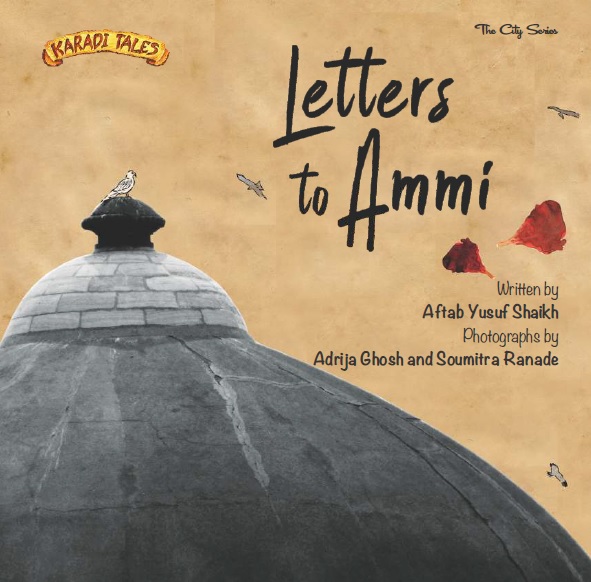2. This book is part of the City Series and is a journey through many of Delhi’s historical monuments and locations. Were you already familiar with the city of Delhi before you travelled there for this project?
My maternal grandmother and uncle live in Delhi, so I keep travelling to the city every year. I knew most of the popular monuments like Qutub Minar, but the rest of the places I had only heard of and seen from a distance. Entering Jama Masjid, and finding Ghalib Ki Haveli and Rajon ki Baoli were adventures in themselves! Also, getting a taste of the chole bhature at Bengali Sweet House was the icing on the metaphorical cake!
3. You took most of the photographs in Letters to Ammi. Do you have a background in photography? And how many days did it take in Delhi for you to take all the pictures you needed to?
I think I could call myself a photography enthusiast, but this book definitely brought me closer to the medium. I spent around three days travelling across Delhi to the various spots the book mentions. Even though it was quite a short period, the amount of exposure to the cityscape was gigantic!
6. And finally, do you have a favourite picture book (or artist) whose illustrations you admire?
My all-time favourite picture books are David Weisner’s Tuesday, Marianne Dubuc’s The Lion and The Bird, and Beatrice Alemagna’s The Lion in Paris.
Letters to Ammi is being launched on 20th July at 5pm in Starmark Bookstore, Phoenix Marketcity, Chennai. The author, Aftab Yusuf Shaikh, will be in conversation with playwright and novelist Timeri N. Murari on the book and his connections to Delhi.

